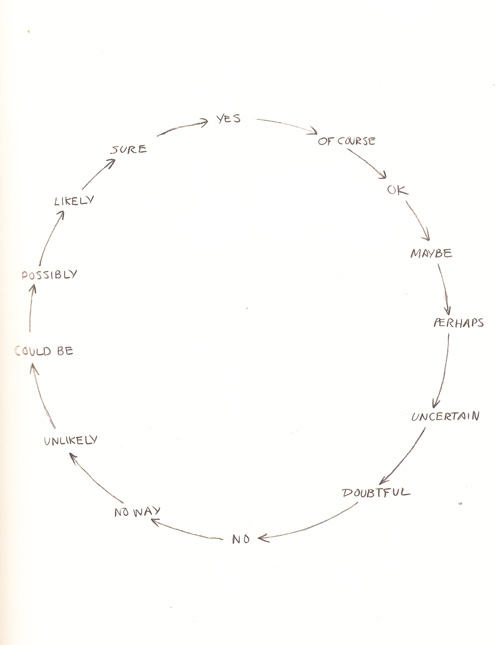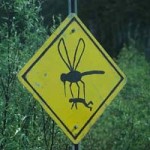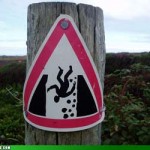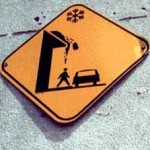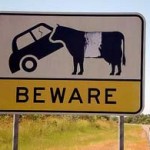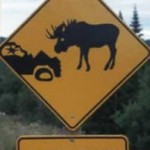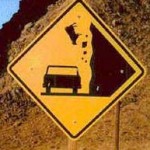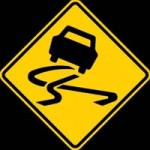For instance:
Dappled across the grasslands below was an archipelago of forest islands, many of them startlingly round and hundreds of acres across. Each island rose ten or thirty or sixty feet above the floodplain, allowing trees to grow that would otherwise never survive the water. The forests were linked by raised berms, as straight as a rifle shot and up to three miles long…this entire landscape—30,000 square miles of forest mounds surrounded by raised fields and linked by causeways—was constructed by a complex, populous society more than 2,000 years ago.
(A) cohort of scholars has radically challenged conventional notions of what the Western Hemisphere was like before Columbus. When I went to high school, in the 1970s, I was taught that Indians came to the Americas across the Bering Strait about 12,000 years ago, that they lived for the most part in small, isolated groups, and that they had so little impact on their environment that even after millennia of habitation it remained mostly wilderness. My son picked up the same ideas at his schools. (T)his picture of Indian life is wrong in almost every aspect. Indians were here far longer than previously thought, and in much greater numbers. And they were so successful at imposing their will on the landscape that in 1492 Columbus set foot in a hemisphere thoroughly dominated by humankind.
More important are the implications of the new theories for today’s ecological battles. Much of the environmental movement is animated, consciously or not, by what William Denevan, a geographer at the University of Wisconsin, calls, polemically, “the pristine myth”—the belief that the Americas in 1491 were an almost unmarked, even Edenic land, “untrammeled by man,” in the words of the Wilderness Act of 1964, one of the nation’s first and most important environmental laws. As the University of Wisconsin historian William Cronon has written, restoring this long-ago, putatively natural state is, in the view of environmentalists, a task that society is morally bound to undertake. Yet if the new view is correct and the work of humankind was pervasive, where does that leave efforts to restore nature?
Read on>>>
You really have to marvel at the English – they thought God provided, making room for the Europeans, by the passive killing of all those natives (the English were a vector for a disease that wiped many out, same story in the northwest etc etc). You really have to marvel at bacteria and viruses. What did they get from the wipe-out?
The article goes on to cite some landscape in S America considered “the greatest works of art,” they are so manipulated. And diversely farmed. And facts about terra preta soil that is considered a superorganism of micronutrients and organisms who constantly replenish the soil bank – if you leave some of it in tact.
Also, remarkably, indigenous humans are referred to later in the article as “keystone” species – a term normally reserved for wolves and other influential animals who are not dependent on great numbers to affect beneficial results:
A keystone species, according to the Harvard biologist Edward O. Wilson, is a species “that affects the survival and abundance of many other species.” Keystone species have a disproportionate impact on their ecosystems. Removing them, Wilson adds, “results in a relatively significant shift in the composition of the [ecological] community.”

